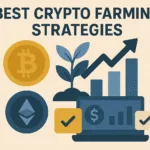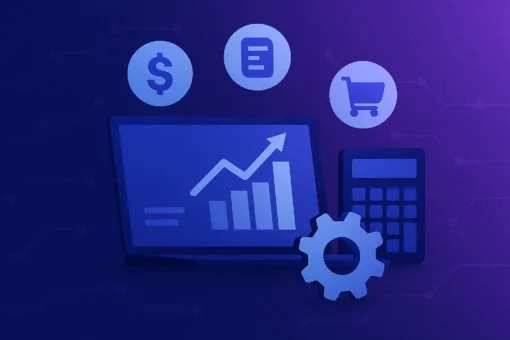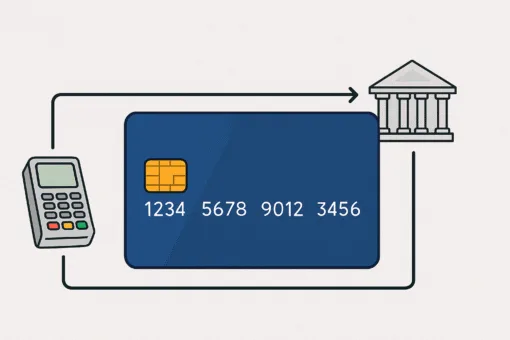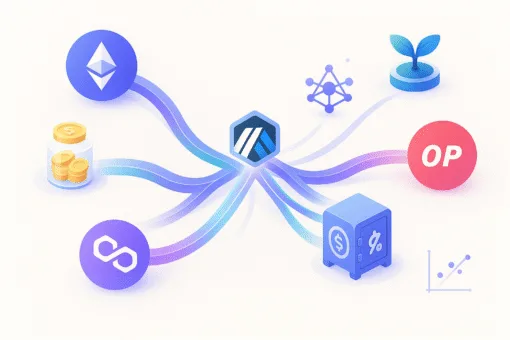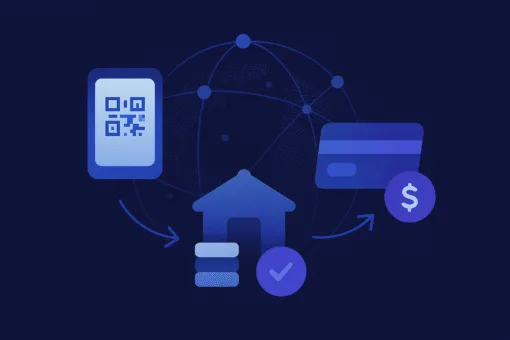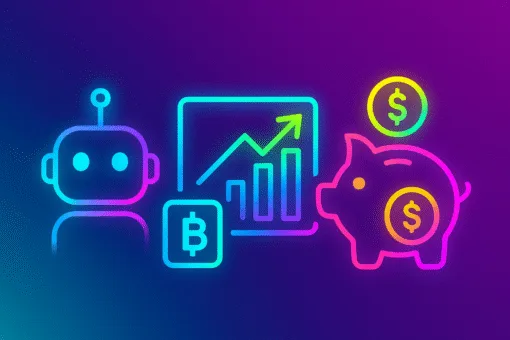Yield farming has become one of the most talked-about ways to earn in crypto. But for many, the concept still feels confusing or inaccessible. To take part effectively, it is important to begin by understanding yield farming. What it is, how it works, and the risks involved.
At its core, yield farming refers to earning rewards by supplying crypto assets to decentralised finance (DeFi) protocols. These rewards often come in the form of interest, incentive tokens, or a share of protocol revenue. In return, the user contributes liquidity that powers DeFi platforms.
In this article, we break down the fundamentals of yield farming, the key mechanics, and what beginners should know before getting started.
What Is Yield Farming in Practice?
Yield farming is typically done by depositing tokens into liquidity pools on decentralised exchanges (DEXs) or lending protocols. These pools allow others to trade, borrow, or use assets — and farmers earn a portion of the fees or receive additional tokens for participating.
For example, a user might provide USDC and ETH to a Uniswap pool. In return, they earn trading fees and may also receive governance tokens like UNI. Other platforms, such as Aave or Compound, reward lenders with interest and native tokens for supplying assets.

Because DeFi is decentralised, the entire process is permissionless. Anyone with a compatible wallet can farm yields without going through a bank or intermediary.
Why People Use Yield Farming
Yield farming became popular because it offers potentially higher returns than traditional savings accounts or staking alone. In many cases, protocols offer annual percentage yields (APY) that range from 5% to well over 100%, depending on the platform, token pair, and incentives.
Furthermore, yield farming supports a wide range of strategies. Users can farm stablecoins, volatile pairs, or even exotic tokens. Some use automated tools or aggregators to maximise returns with minimal manual effort.
However, as we will see, high rewards often come with higher risks.
Key Risks to Understand
Although yield farming can be profitable, it is not without its dangers. Some of the main risks include:
- Impermanent loss: When prices change significantly, farmers can lose value compared to simply holding assets
- Smart contract risk: Vulnerabilities in code can lead to hacks or bugs that drain funds
- Protocol risk: Some projects may be unaudited, poorly managed, or designed with flawed tokenomics
- Market volatility: In fast-moving markets, even stablecoins can depeg or rewards can drop quickly
Therefore, anyone exploring yield farming should begin small, use reputable platforms, and always read documentation before depositing funds.

Where Yield Farming Happens
Today, most yield farming takes place on Ethereum-compatible networks, including:
- Ethereum Mainnet: Still the largest ecosystem, though gas fees are high
- BNB Chain: Popular for low-cost farming and accessible to beginners
- Polygon: Offers high-speed farming with low fees and strong DeFi support
- Avalanche and Fantom: Attract farmers with high APYs and fast transactions
- Arbitrum and Optimism: Layer 2 networks growing rapidly in TVL and dApp activity
Yield farming is expanding to other chains like Solana and Cosmos, though cross-chain compatibility is still developing. Understanding yield farming is the first step to making informed decisions in DeFi. While the rewards can be attractive, they must be weighed against technical complexity and market risk.





